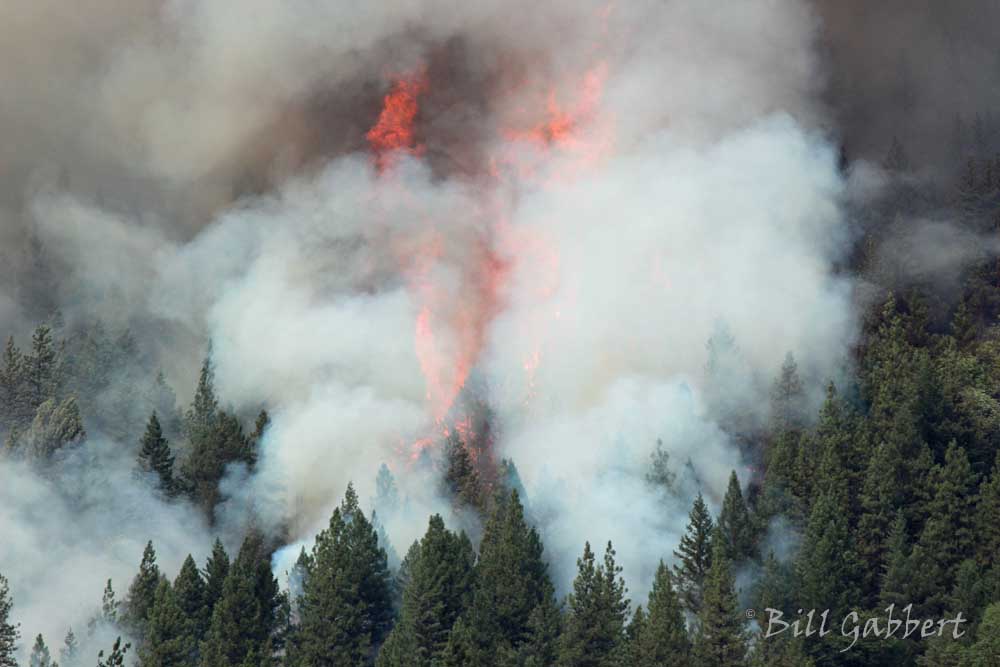A preliminary analysis by federal investigators indicates that materials used for exploding targets caused the death of a man on National Forest land near Mt. Hood in Oregon on Thursday, March 19.
A large explosion occurred at about 6:30 a.m. that left a crater 10 feet from U.S. Highway 26 that was more than 10 feet wide and 2 feet deep. The name of the person killed has not been released yet, but Dr. Karen Gunson, Oregon State medical examiner, confirmed the victim died of “blast injuries and body fragmentation.” Investigators have yet to determine if the blast was a homicide, suicide, or accident.
At this point, a spokesperson said, there is no reason to suspect it was a terrorist act.
Exploding targets, sometimes called “binary exploding targets”, are completely inert until two powders are mixed by the shooter. After the ingredients are combined, the compound is illegal to transport and is classified as an explosive by the Bureau of Alcohol, Tobacco, Firearms, and Explosives and is subject to the regulatory requirements in 27 CFR, Part 555.
The is the second fatality that we are aware of that was apparently caused by an exploding target. Not only have they started numerous vegetation fires, but the devices have previously caused death and injuries. In 2013 a man in Minnesota was killed when shrapnel from the device struck 47-year-old Jeffery Taylor in the abdomen causing him to collapse. He was declared dead before he could be transported to a hospital in a helicopter.
About three years ago Jennifer Plank Greer was struck by shrapnel while she was taking cell phone video of someone who shot at the explosive which was inside a refrigerator. Her hand was blown almost completely off, left hanging only by a portion of skin. Through 16 surgical procedures doctors reattached the hand, but she no longer has the use of her fingers, except for being able to wiggle her thumb.
On October 7, 2012 in Pennsylvania two state Game Commission workers suffered injuries including burns, temporary blindness and hearing damage when an illegal exploding target blew up while the men attempted to put out a fire at a gun range in Pike County.
In October Larry Chambers, National Press Officer for the U.S. Forest Service, told us there was no nationwide USFS policy regulating the use of exploding targets on National Forest Systems (NFS) lands.
There is no national exploding target prohibition by the Forest Service, and the agency fully recognizes hunting and safe target shooting as a valid use of National Forest System lands. The prohibition of exploding targets on some National Forest System lands is not intended to adversely affect the sport of target shooting.
Mr. Chambers said exploding targets are prohibited on NFS lands in USFS regions 1, 2, 4, and 6 (see the map below). California is not included, he said, because they are banned statewide by state law. Some National Forests in Regions 8, 9, and 10 may have local special orders that prohibit the used of exploding targets, Mr. Chamber said.
Some of the regional bans are only temporary, and expire in 2015.

Thanks and a tip of the hat go out to Kelly.




